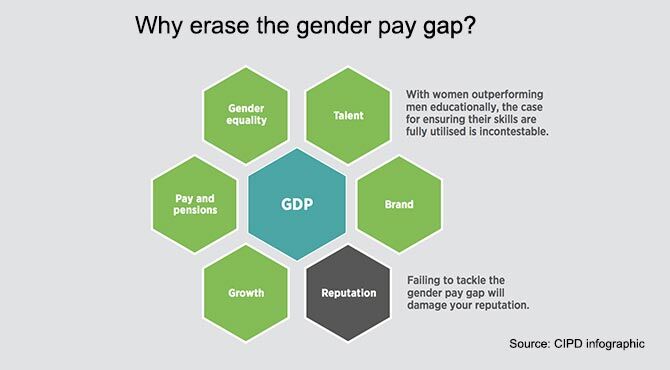Gender pay gap reporting reaches deadline – what happens next?
As the chance for firms to report their gender pay gap closes we take a look at some of the questions that the gender pay gap reporting is expected to give rise to.

Insights into the gender pay gap
Dr Sumita Ketkar, senior lecturer in Leadership and Professional Development at Westminster Business School said, “Reporting aside, the regulation that put employers with 250 plus employees under the scanner has given us some interesting insights into the problem.“Most of the figures released by firms so far were generally expected but some have come as a surprise, at least to those who hadn’t previously given Gender Pay Gap much thought. What we have gathered to date is that firstly, vertical segregation is one of main causes for the pay gap – with more men occupying high paying top jobs than women.“This is evident not only in the FTSE 100 companies, where the CEO position still firmly remains a ‘big boys club’, but also in smaller organisations.Related stories:
- May vows to beat 'burning injustice' of gender pay gap
- Where next for gender pay gap reporting?
- Why we ‘Think Women’ and are #Pressing for Progress
In some of the so-called ‘women-centric’ sectors (i.e. nursing, education, etc.), women continue to over-represent in the low-paying jobs while men tend to occupy higher positions.For example, Modality Partnership, a GP partnership that operates nationally in the UK that has 83 per cent female staff, has reported a gender pay gap of 63.1 per cent. Dr Ketkar added, “In the rare cases where a larger proportion of women are in the top quartile, the median salary of men is still likely higher than of women. The rationale appears to be that there are so few men in these companies that they are be paid higher bonus and salaries in such companies in order to be retained.“Performance related pay or bonuses as expected are a key contributor to the gap as they tend to be skewed in favour of men. “As expected, sectors like financial and professional services as well as manufacturing have a high wage disparity. However, what comes as a surprise is that some of the highest gaps are in the education and public sector. In other words, this problem is much wider than originally anticipated.

What does the report mean for pay equality?
Dr Ketkar continued, “What happens post the reporting is a bigger story to tell. What will companies do once they have published the gap? Will there ever be an ‘ideal’ gap, will there be a 50:50 divide between men and women participation in the labour market? Will there be harsh penalties on employers who do have some gap? And what happens if a firm doesn’t do much to mitigate its gap in the subsequent year or after that? “We seem to be organically moving towards a more egalitarian society where the ethical and moral case as well as a business case for gender equality is understood.“Perhaps a wrap on the knuckles by the government, in tandem with a growing equality narrative from the public, will force employers to re-consider their gender pay figures.”For related news and features, visit our Human Resources section. Relocate’s new Global Mobility Toolkit provides free information, practical advice and support for HR, global mobility managers and global teams operating overseas. Access hundreds of global services and suppliers in our Online Directory
Access hundreds of global services and suppliers in our Online Directory
©2025 Re:locate magazine, published by Profile Locations, Spray Hill, Hastings Road, Lamberhurst, Kent TN3 8JB. All rights reserved. This publication (or any part thereof) may not be reproduced in any form without the prior written permission of Profile Locations. Profile Locations accepts no liability for the accuracy of the contents or any opinions expressed herein.






































